March 26, 2022
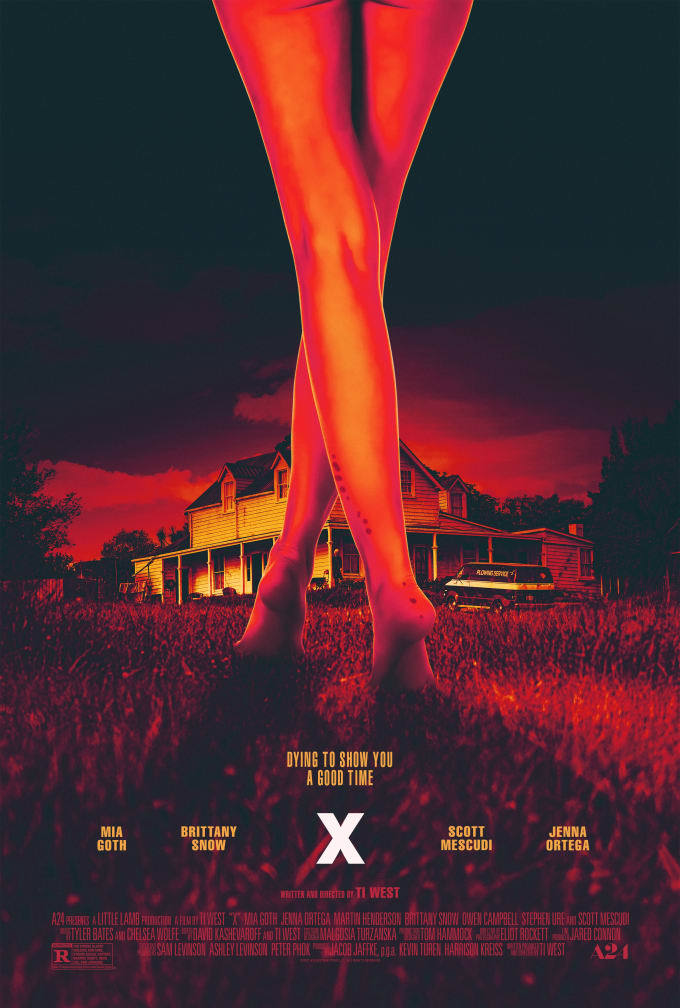
Tyler Bates: Scoring “X” horror film with Chelsea Wolfe
Interview by Randall D. Larson
X is a 2022 American erotic slasher film written, directed, produced, and edited by Ti West. The film stars Mia Goth, Jenna Ortega, Martin Henderson, Brittany Snow, and Scott Mescudi, and takes place in 1979, as a group of young filmmakers set out to make an adult film at a secluded farmhouse in rural Texas, but the leering interest of their hosts, a reclusive elderly couple, turns violent as night falls, and the cast find themselves fighting for their lives. The film has been scored by Tyler Bates and recording artist Chelsea Wolfe.
Tyler Bates regularly transitions from scoring some of the world’s biggest film and television franchises to rocking massive audiences with Marilyn Manson and back to the studio again writing and producing. The musical voice of this highly sought-after composer, guitarist, songwriter, and record producer can be heard in every corner of pop culture-from video games to the Disney California Adventure attraction, Guardians of the Galaxy – Mission Breakout! In 2004, Bates made waves by creating the menacing audio backdrop for the popular Zack Snyder DAWN OF THE DEAD reboot followed by his soundtrack for the filmmaker’s 300, which remains one of the 21st century’s biggest-selling score albums. His oeuvre expanded to include WATCHMEN and SUCKER PUNCH, both helmed by Snyder, several collaborations with Rob Zombie – including THE DEVIL’S REJECTS, HALLOWEEN and HALLOWEEN II, KILLER JOE directed by Academy Award® winner William Friedkin, and all four JOHN WICK movies.
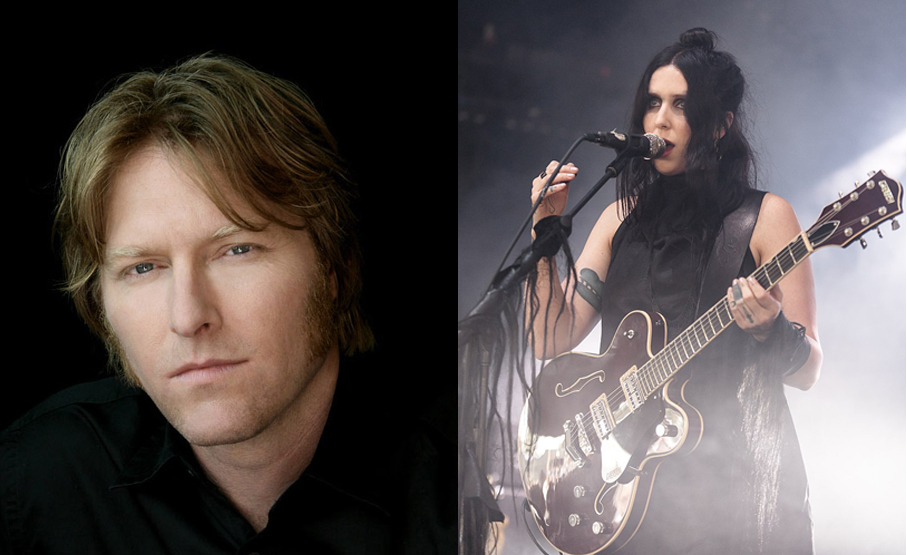
Chelsea Joy Wolfe is an American singer-songwriter and musician. Raised in Northern California with a country musician father, Wolfe began writing and recording songs during her childhood. She earned underground critical acclaim for her releases, The Grime and the Glow (2010) and Apokalypsis (2011), which blended gothic and folk elements, while her following albums incorporated elements of neofolk, electronic, and heavy metal.
Q: Tell me about scoring X. What were your initial thoughts about how the music should be designed?
Tyler Bates: I worked with the director, Ti West, years previously on THE SACRAMENT and we got to know each other very well during that time. Talking with him about X, we didn’t want to do a straight-up suspense/thriller/horror type score for it, because, tonally, it is a very unusual film. There’s an emotional component embedded in the most horrific atrocities that unfurl in that movie, so we wanted to do something that made us feel that we were in between realities of normal life and the bizarre circumstances that our crew finds themselves in. We thought maybe a vocal-centric score would be intriguing. I had just worked with Chelsea Wolfe on a recent project, a soundtrack album for DC comics Dark Knights Death Metal [a 2020–2021 comic book storyline]. We had a good time working together on the song, “Dianna,” and we got to know each other through that process; in conversations she suggested that she’d really love to be involved in films, so when Ti and I were speaking about a vocal-central concept I immediately thought of Chelsea, because she’s a very eccentric, interesting, and soulful artist. Very resourceful and hugely talented. So when I mentioned it to Ti, he checked out her music and he became an instant fan. I discussed it with Chelsea and she was thrilled for the opportunity for us to work on this. There was a development period early on where we honed the approach, and then we began work from there.
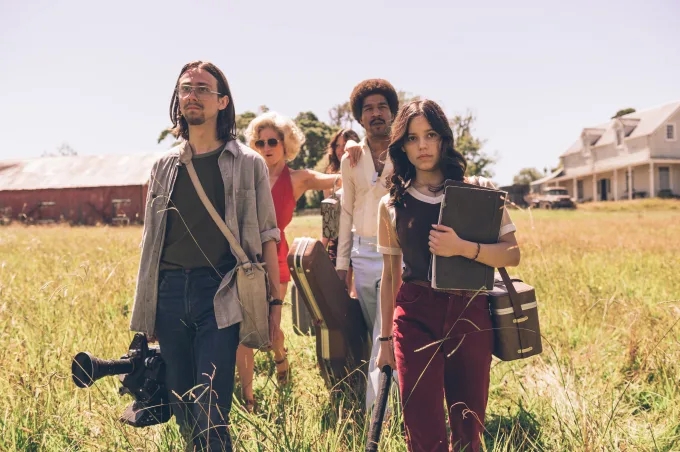
Image by Christopher Moss/A24
Q: How did you work together in creating a cohesive score?
Tyler Bates: It was a challenge because much of it occurred during COVID restricted times. Chelsea lives in central California and I’m in Los Angeles, so we started exchanging ideas remotely for the sonic palette. I drafted a couple suites of sound design sequences, things that Ti really responded positively to. I shared those with Chelsea and she and her music partner, Ben Chisholm – who was a great collaborator on the project as well. We began a musical dialog and then Ti and Chelsea and I had a call and we talked about the vocal approach. That initial vocal work launched the specific style of the project, with her first drop of music. Then, over the last summer, Chelsea and Ben visited my studio and that’s where we got into the heavier work. Through that, I made suggestions for her to use her voice as a percussive instrument. We started blending her voice with synthesizers, emulating some of the same things that she was singing. It was really like a high-end sound design job, and it was a lot of fun. It was very creative, and eventually through that work we developed a musical narrative that we felt was driving the movie.
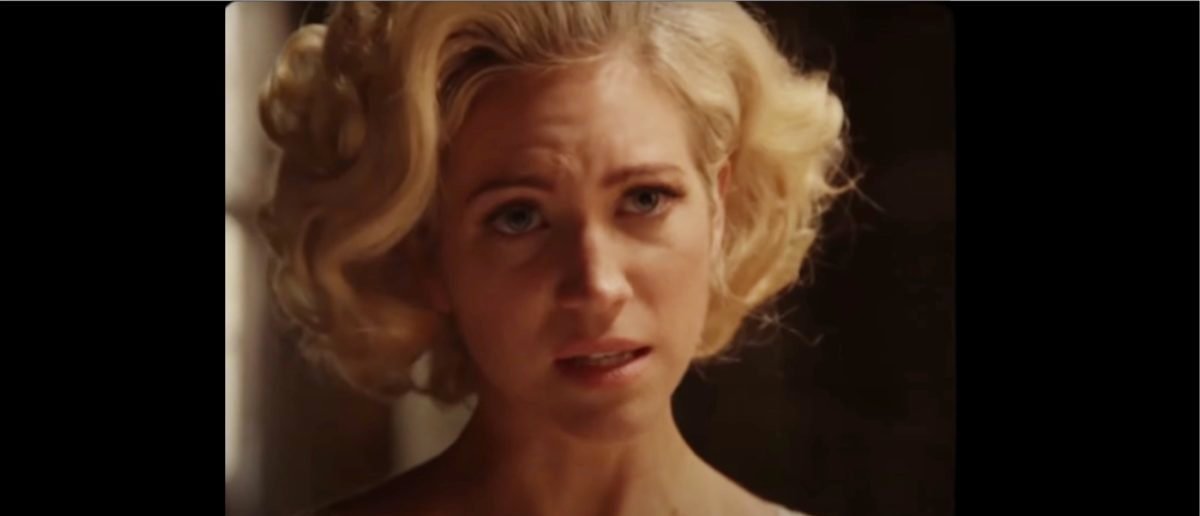
Q: Is there a thematic or motivic design for this score or is it more ambient in style?
Tyler Bates: I would suggest it’s dark ambient at its core – but there are definite themes that were developed which emerged primarily through the vocals. When we would happen upon a melody that we felt suited the various characters in the film, then Chelsea would perform multiple iterations of that. Because there are some explicit sex scenes where the characters are filming the pornographic film, we along with Ti, wanted to create a surrealistic perspective on that. Chelsea did some vocalizing that is blended with the sounds of the performers and the shooting process, so that added an interesting psychological dynamic to it that kept us rooted in the storytelling, as opposed to the exploitation of the pornography. We weren’t trying to objectify it.
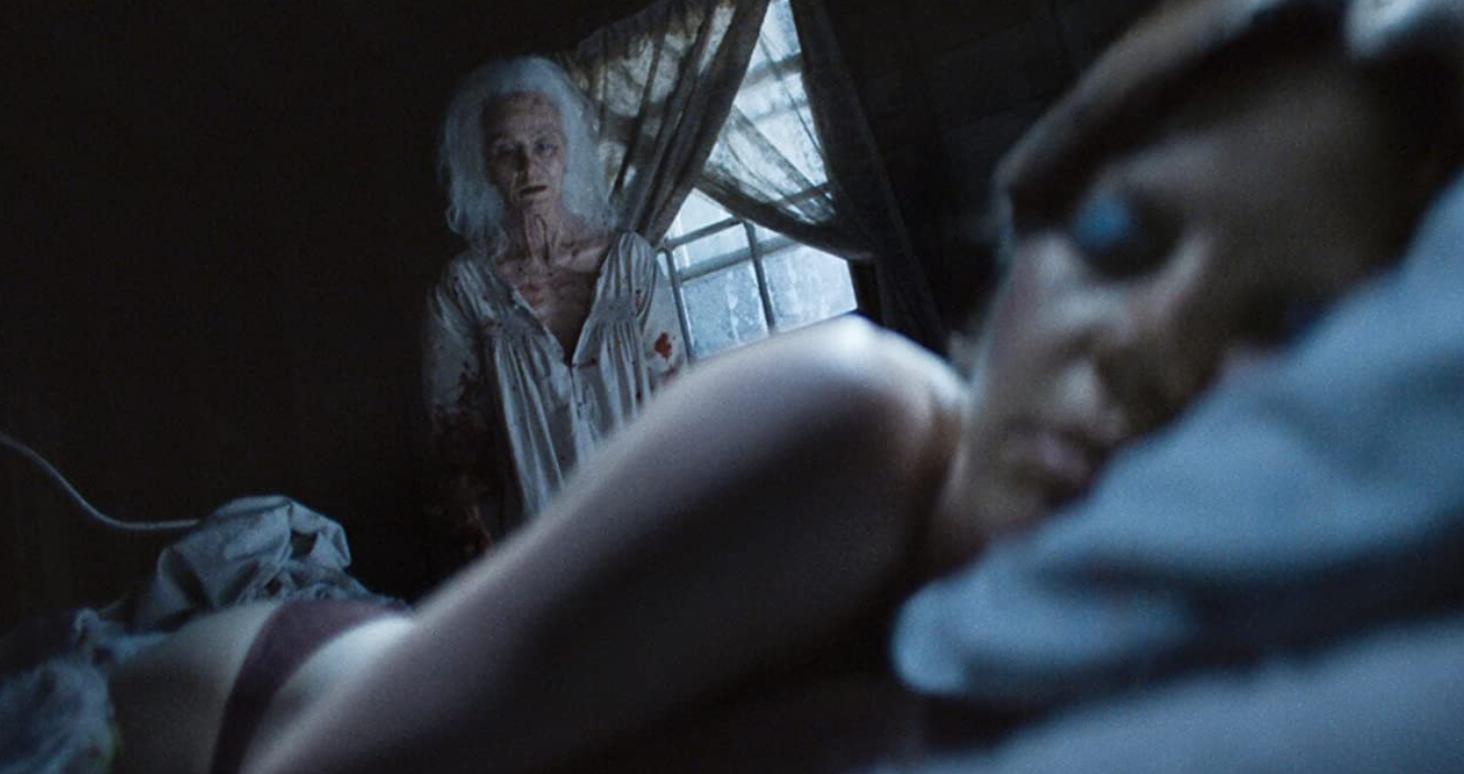
Q: What was your electronic/instrumental palette for the score?
Tyler Bates: A lot of that material was developed through experimenting with modular synthesis and practical sounds, some foley and some breathing. There are some very human-related sounds at the core of everything we were doing. We wanted to keep the feeling organic, especially given that it’s a period piece a la 1979, and a very impressionistic type depiction of these events. That suggested making the score a little trippy, just to get inside the headspace of the characters as well as the viewer.
Our approach was to not be extremely literal in the way the music works alongside the picture. It would have been obvious to play an orchestra and put all the usual stings and hits and the elements that are characteristic of the majority of horror scores, but we didn’t want to do that. We wanted it to have a soulful, emotional quality to it, because if you really think about each of these characters, the young characters are striving for something. It’s not about debauchery, it’s about them wanting to pursue their dreams of a better life. And then it’s also about the sadness of Pearl, the elderly woman in the story who is grappling with the fact that she is no longer desirable. That’s all she’s ever wanted, to have what the young people in this story have. So there is that dynamic between she and her husband; they’re older and they have lost their intimate connection in life, and they try to process their own inadequacy in different ways. The aspirations of still having that desire for one another, or to be desired by another person, is gone, and Pearl has never really accepted that.
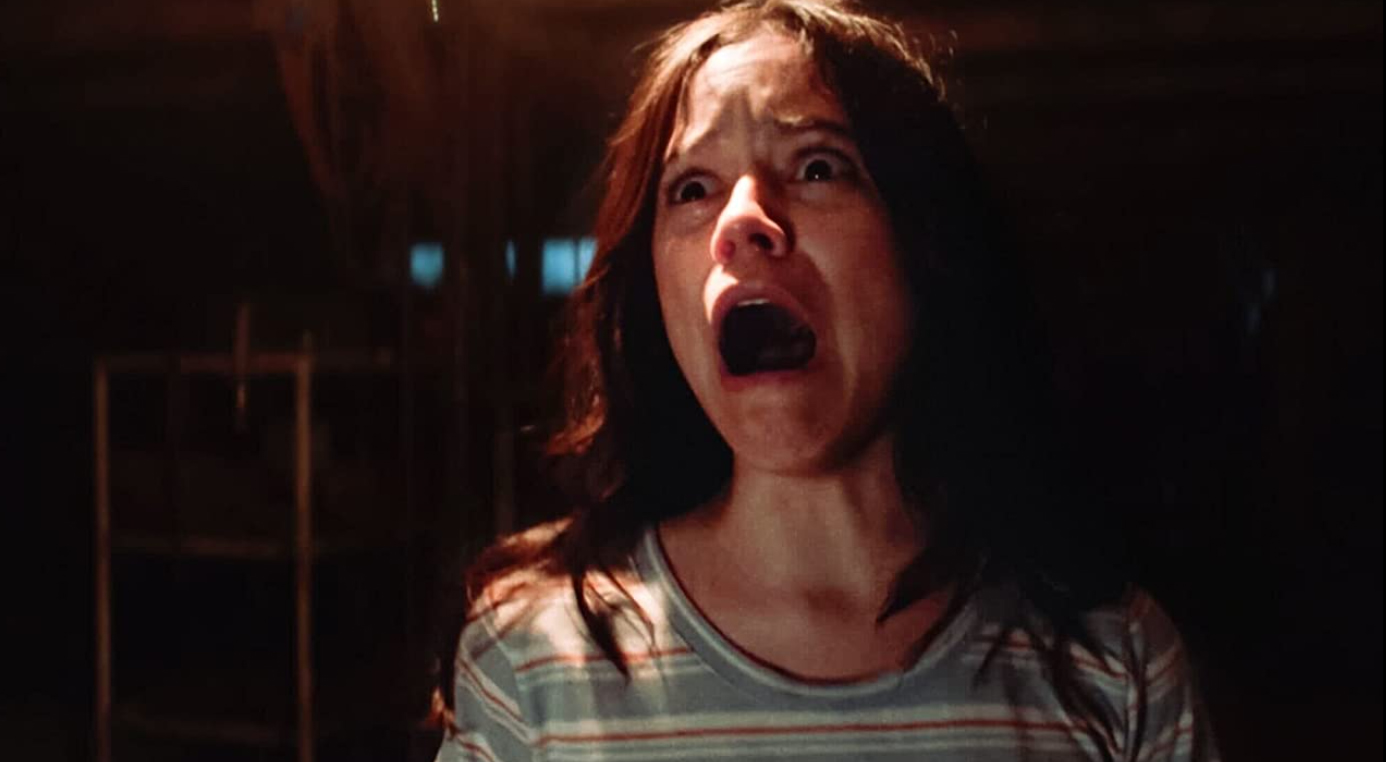
Q: What can you tell me about creating the musical designs for the necessary tension, shock, and horrific moments in the film?
Tyler Bates: I think the sound design that Graham Reznick did for the film is pretty great, and that took a lot of the burden off of Chelsea and I to create the shock moments, and allowed us to stay more with an overview of the story once all the events took place. We didn’t deploy an extreme leitmotif approach to the score; it was more of a theme that tells the entire story as if there’s a narrator. That was our objective.
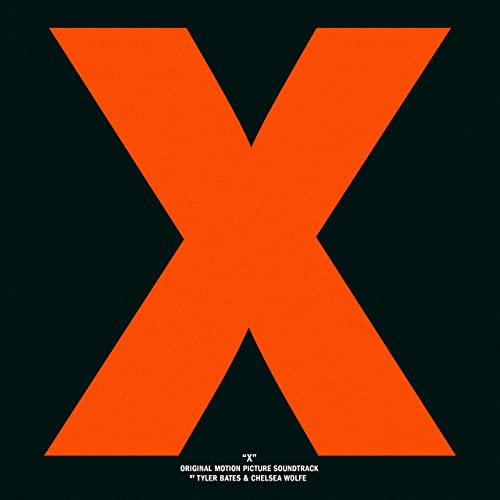
Q: What elements of the storyline and/or characters prompted some of your most interesting musical designs?
Tyler Bates: It was the combination of Chelsea and I working together, and the narrative in the story. That’s what prompted us to go down the road that we did as far as the sonic palette was concerned. And of course being a period piece, we wanted to keep it gritty and to pay respect to each of these characters. Often times in horror movies, you know that most likely everyone is not getting out alive, and the audience often times are cheering for the ridiculous ones to meet their demise! In this case, I felt an emotional connection to each of them, and we got to understand what their hopes and dreams are. There are some things in the movie that really resonated with Chelsea and I – Brittany Snow’s character, for example, when she is trying to comfort Pearl on the dock at night, unaware that some of her friends have been killed, and there’s an exchange between them that I thought was quite interesting.
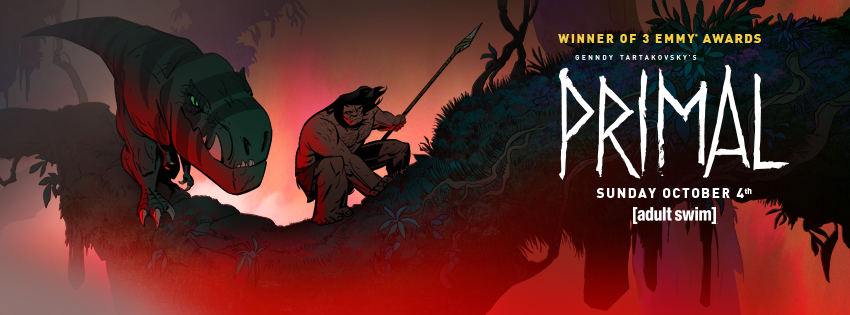
Q: You’ve also been scoring Genndy Tartakovsky’s animated series on Adult Swim, PRIMAL, with Joanne Higginbottom. What can you tell me about the musical needs for this show and how you’ve scored it?
Tyler Bates: PRIMAL is awesome, as is everything that Genndy does. We’re always so happy to be working with him, who is also a great personal friend. Joanne has worked for me for many years, and with PRIMAL it’s been an excellent collaboration between the two of us. That one, too, we wanted to score each of these characters as soulfully as we could, but without diminishing the violence that ultimately brings our two main characters together. It is an exercise in minimalism, because we have to ensure that there aren’t too many overt electronic components in the score, because we are trying to remain relatively true to the prehistoric time frame of the storytelling. There are a lot of drums and percussion; Joanne is a drummer, and percussion and drumming is something that has always been a personal interest to me – many of my friends are incredible drummers; so in the case of PRIMAL, really the first instrument besides the voice was probably a percussion instrument. We wanted to make that front and center, but there is still some beauty and some melodic aspects to the score that I think, emotionally, give us exactly just enough of what we need to feel for these characters and the struggle of their journey.
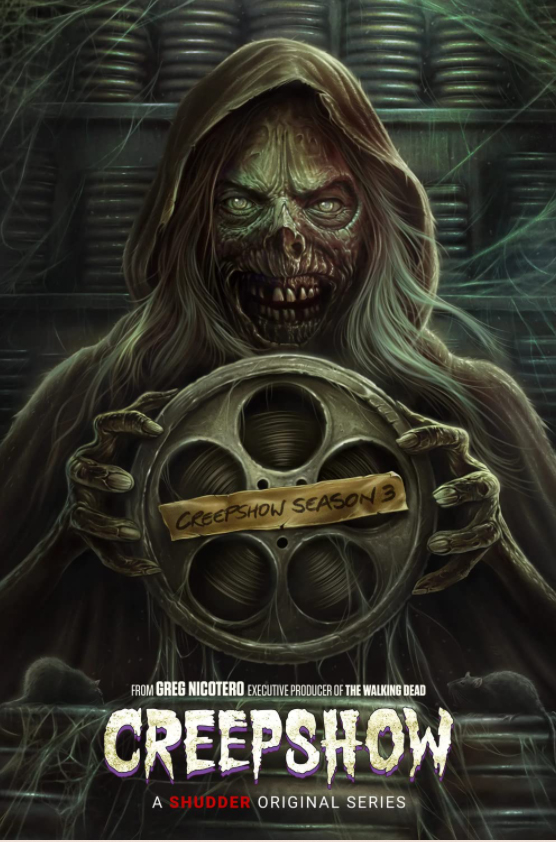
Q: You scored several episodes of the CREEPSHOW series on Shudder. Would you describe a bit about the scores you’ve worked on there?
Tyler Bates: I did that with Tim Williams, who I’m also doing PEARL with, which is a prequel to X, and another TV show that will probably emerge some time toward the latter part of the year. CREEPSHOW is campy and kookie, and we just went with it. Tim and I are both very familiar with the original CREEPSHOW and we just kind of stayed in the wheelhouse of what that language was. It was like those little vignette shows, TWILIGHT ZONE or NIGHT GALLERY, and they always had a little bit of a wink in the music. We had fun with it.
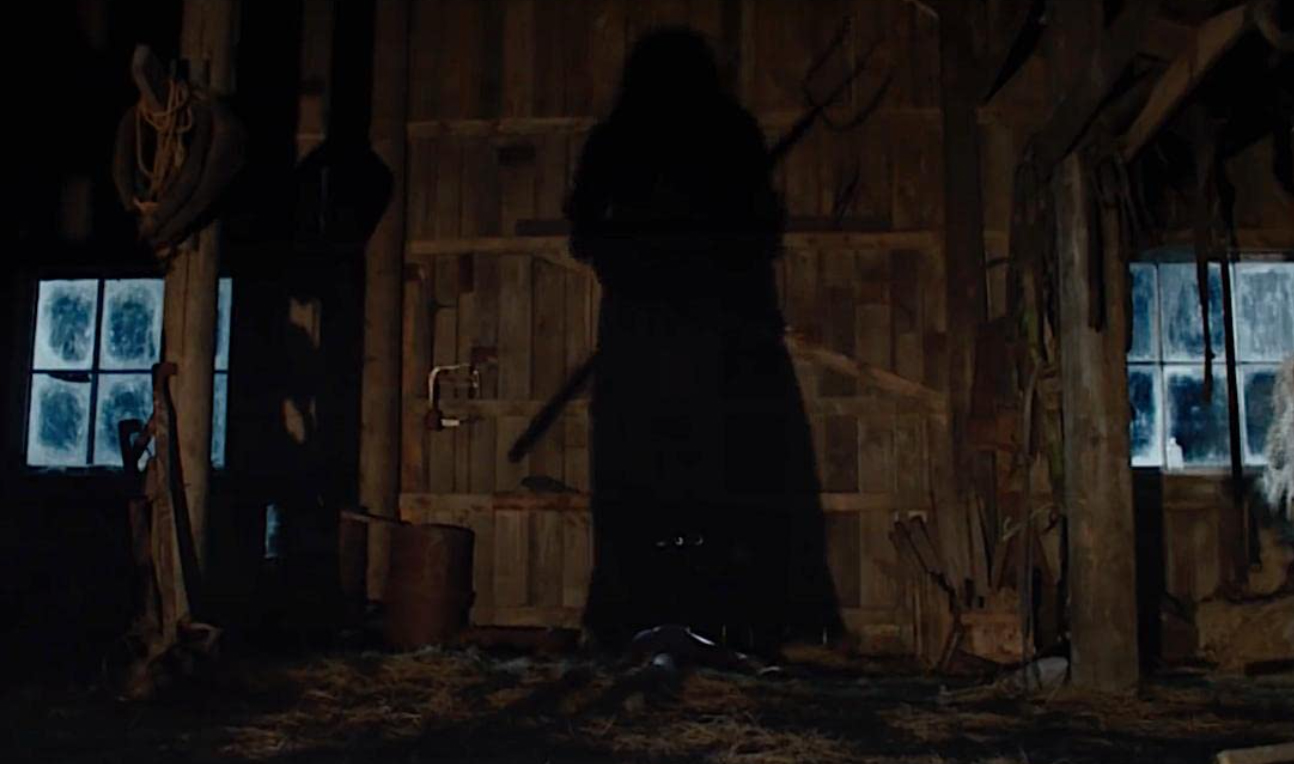
Special thanks to Tyler Bates for taking time out to chat with me about all things X!
For more information on Tyler Bates, see his website https://www.tylerbates.com
For more information on Chelsea Wolfe, see her website https://chelseawolfe.net/




